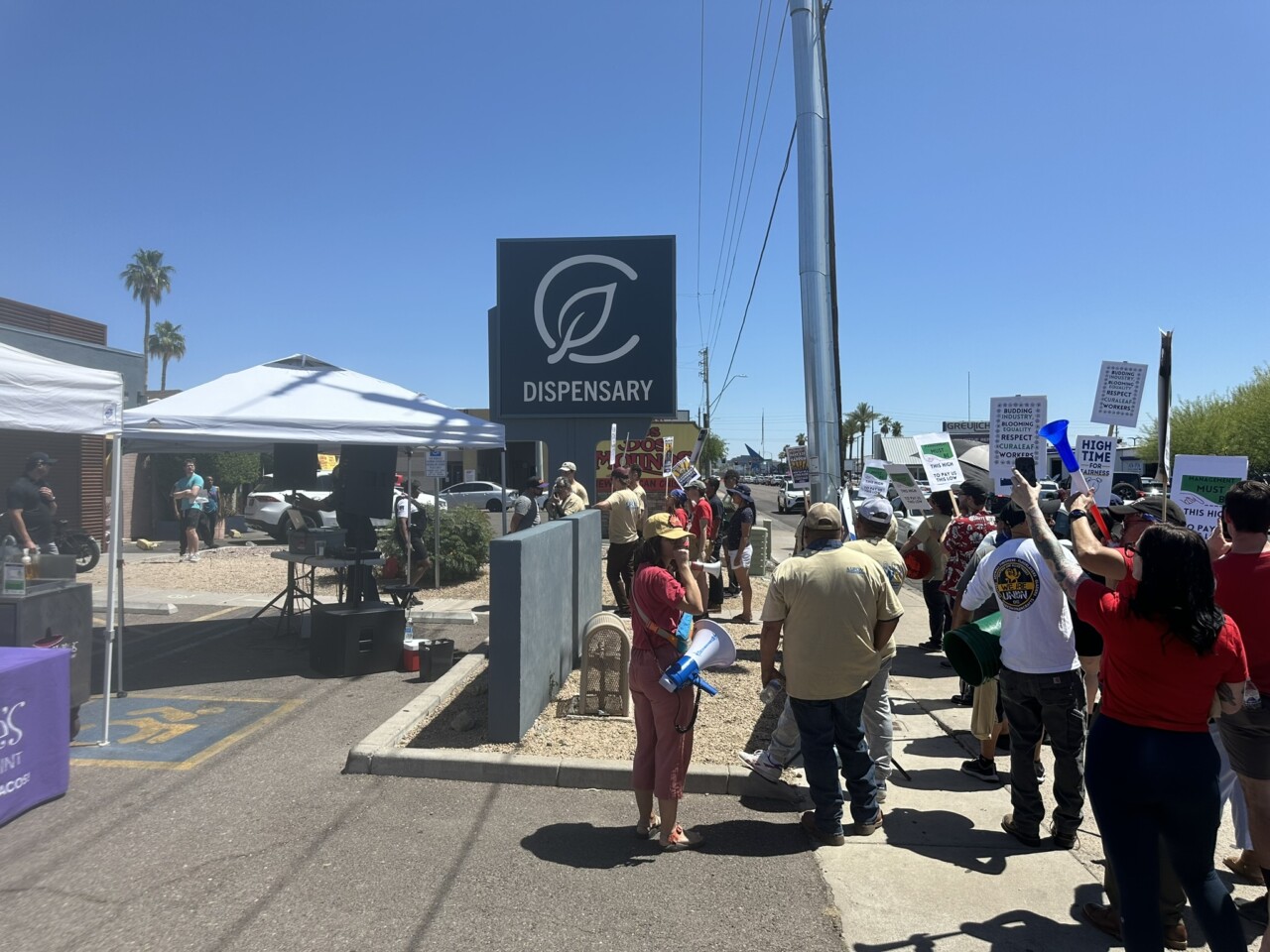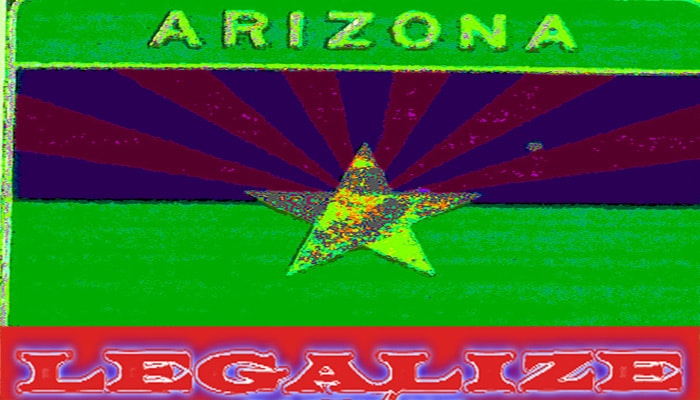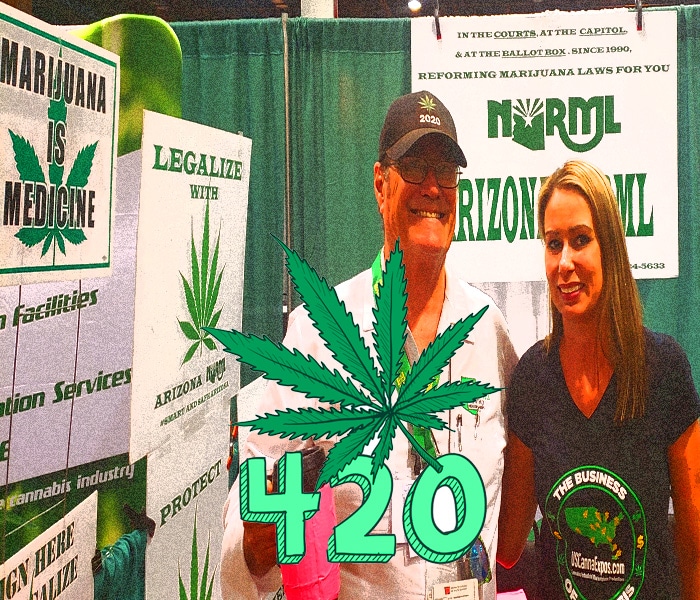To many, the image of America is about some place I have never actually lived: white picket fences, white church steeples and, apparently, apple pie. To me, there are few images more “American” than Waffle House. Like Wal-Mart, Waffle House is a southern concoction that went viral and is now in the heart of middle America from coast to coast.
The people at Waffle House, like the consumers who cluster at the Wal-Mart nearest you, didn’t dress up before heading out to breakfast just so you could watch them guzzle grits. They are just there, being themselves, seeking comfort food. They did not leave the house that morning expecting to need anyone’s approval to be themselves in public. Like the stereotype that so often describes the average American, they are mostly white, overweight, middle income or less and tend to speak in a slangy patios that may or may not have been their native accent. They tend to f___ cuss, a lot, way more than a writer could get away with in a blog or something.
They know someone who has fought in a war. They know someone who struggles w a debilitating illness. They know folks who have been to prison. They’re probably in debt, but try not to live like it. A little sweet, a little salty, they aren’t the kind of folks who insist on $12 waffles made with lightly-toasted imported hemp hearts and free-range organic eggs because that’s what’s currently trendy, or the kind who willingly pay those prices at their swanky resort, because it keeps the riff-raff out, like kind that dress like the folks who go to Waffle House.
I was, by far, not the only guy in there that Sunday morning dressed in construction worker clothes, readying for a hard day of labor. Though I may have been the only guy there that morning wearing a “legalize it” hat and a NORML pin. Which is most likely why, when she came over to pour my coffee, it took the waitress less than three seconds to jokingly ask my opinion on marijuana. We had a good laugh.
When I told her who I was, she planted both elbows on the counter and immediately started telling me the tale of how cannabis had saved her life. Understand, with a hat and a pin like that, and a job like this, I get these kinds of stories all the time: stories of how cannabis saved-changed-improved someone’s life. They’re as common as waffles, I tell ya.
Call her L.
L had had a job as a pharmacist, licensed, trained–a good girl on her way to getting into what she’d dreamt would be a great career helping people. Or so she thought. Reality turned out to be a little sadder and quite a bit uglier. Before long, L learned that many of the medications she was selling to people did not actually cure their illnesses. They just treated symptoms and brought along their own host of side effects that could be every bit as debilitating as the conditions they were hoping to treat. After spending years of training to be a healthcare professional and racking up a pile of debt in the process, L began to find it a bit depressing. Then, after an accident led to a painkiller prescription, L found herself addicted to the very drugs she knew were ruining the lives of her patients. Then, well, it went downhill from there.
You can fill in the rest of the story after hearing a few of these tales. She was working at Waffle House for now, keeping her pharmacist’s license active, while she gets her life back together and medical marijuana had saved her.
“All those prescriptions people are on,” she sighed, “they could be using cannabis.” [Well, actually, she said, “pot” instead of “cannabis.” Like I said, those folks at Waffle House talk in ways a writer could not get away with.] We kept on talking. Her comment brought up a couple personal points that I had to share with her and with you.
This was Sunday, October 25, 2015. That morning my brother, Keith Frazier, had sent me an article, “Five Prescription Drugs That Could Literally Be Replaced By Cannabis,” from The Open Mind | October 22, 2015 – See more at: http://www.the-open-mind.com/five-prescription-drugs-that-could-literally-be-replaced-by-cannabis/#sthash.nBKYXFAV.dpuf. Vicodin, Ambien, Zoloft, Xanax were 4 of those 5. Two days earlier, Friday Oct. 23, would have been my 33rd anniversary with my late wife Lisa. Her 2005 suicide recipe included all 4. She had prescriptions for these and half a dozen more at the time of her death. Could marijuana have saved that life? I don’t know. As you can guess, I often wonder.
We may never know how many Americans lives have been ruined or lost by the choice to illegalize cannabis back in the 1930s, or how much money the pharmaceutical industry has made off of the boondoggle. I did a little checking and all four pharmaceuticals have tens of millions of prescriptions. Before the recent crackdown on Ambien prescriptions there were nearly a billion $$$ in sales for the one drug alone ($951,000,000 in 2010). No wonder the pharmaceutical industry is one of the leading supporters of the anti-marijuana campaign. They are making a killing.
I wish this story had an ending, but it doesn’t … yet. L. waited on others, I ate all I could, paid and left. Our lives go on. My late wife is still dead, L. is still hoping that Arizona will legalize cannabis and our nation will begin to embrace its healing potential. In the meantime, I’ll continue hearing stories like L.’s. They are as common as waffles and just as American.
—Mikel Weisser, the state director of Arizona NORML, writes from the left coast of AZ.










Leave A Comment
You must be logged in to post a comment.